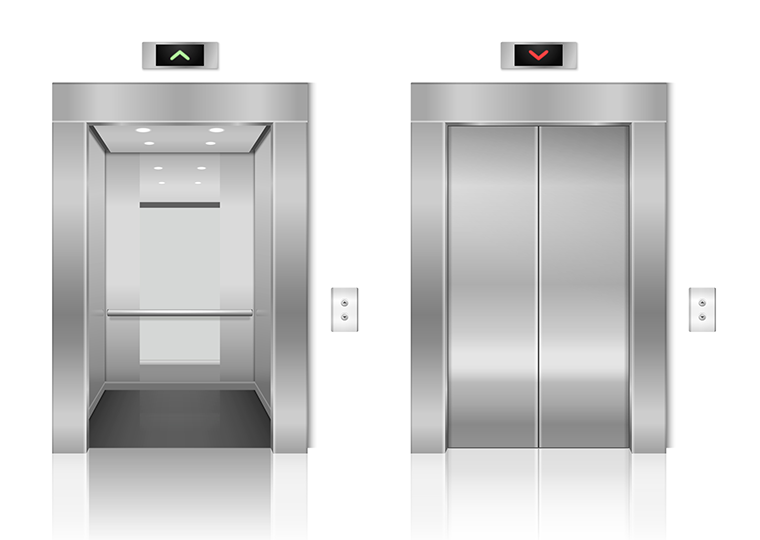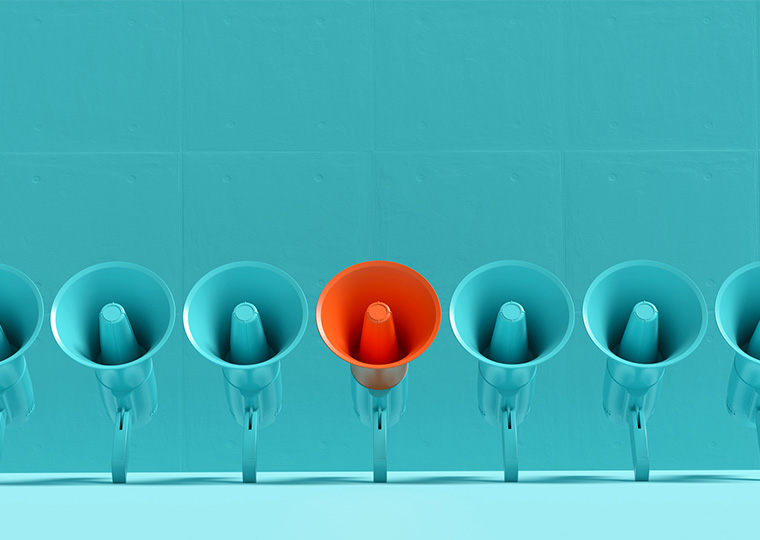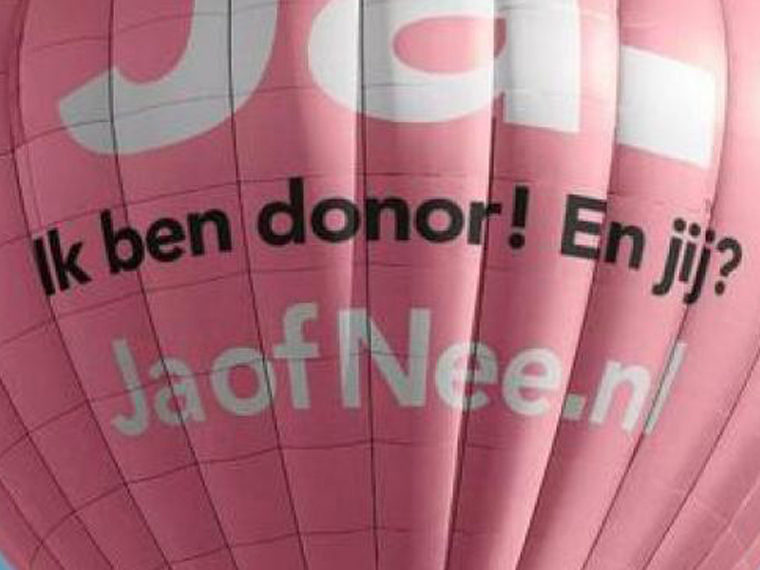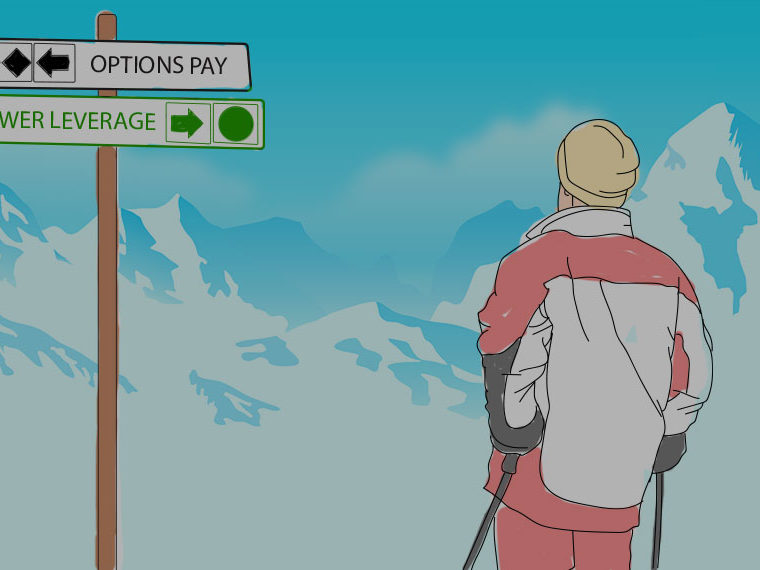Even when there’s an easy-to-access better alternative, some prefer their rut
Whether observed in others or in ourselves, we tend to label the habit of sticking to an unpleasant situation or activity as being in a rut. Psychological researchers have offered explanations and finer descriptions of behaviors that can become so ingrained they are passive actions. Among them:
- Inaction Inertia: The inclination to stick with the status quo absent a strong enough motivation to change.
- Sunk Cost: The time or financial investment already made toward a specific choice or behavior makes it hard to let go.
- Default Effects: When one option is highlighted, we tend to go with it, rather than consider other options.
- Loss Aversion: The perceived pain of letting go of something is felt more intensely than the prospective gain from making a change.
Opt In to the Review Monthly Email Update.
A paper published in Organizational Behavior and Human Decision Processes extends understanding of these counterproductive behaviors by showing one “mechanism” for how and why they take hold. It seems that, at times, people can become so entrenched in a suboptimal behavior that, even when presented a seemingly easy opportunity to switch to something more preferable, they stay stuck in their rut.
The Entrenchment Effect
The researchers — UCLA Anderson’s Alicea Lieberman, UC-San Diego’s On Amir and Insead Business School’s Ziv Carmon — explain that they took care to construct a series of experiments in which a number of known biases, including the aforementioned, wouldn’t be in play, and then set about studying the likelihood of participants to switch from a tedious task to a more preferable task. That is, break out of a rut.
For some of their experiments, the researchers recruited subjects from Amazon Mechanical Turk, an online marketplace for project labor and crowdsourcing.
In one experiment, Lieberman, Amir and Carmon told participants they would complete 10 rounds of a task. For the first six rounds everyone transcribed a block of text that had been rotated 90 degrees. At the start of their sixth round, participants were given the option to stick with that tedious task or jump over to work on a more fun Boggle-like word search task (a task they had previously tested and rated as preferable).
Nearly 620 participants agreed that the word search task was more enjoyable than the tedious transcription exercise. And yet, 23% who liked the word search game stuck with the tedious transcription task.
The researchers point out that because participants “had nothing to lose” by making the switch, it wasn’t likely that biases such as loss aversion and sunk cost were at play. Moreover, even when a subset of participants had to make a choice by pushing a button to stay on a task, or to switch to a new task — thus controlling for inertia/status quo and default biases — the results were the same.
“Much research has attributed scenarios in which people stick with suboptimal choices to status-quo bias, default effects or inaction inertia. We, however, designed our studies such that these factors would not be likely to have a significant impact,” the authors write. “Entrenchment may thus be an additional contributing driver to passive failures to change that have been previously attributed to other underlying factors.”
The Accretive Impact of Entrenchment
In a related experiment, the researchers focused on what may compel people to stick with something less pleasurable despite easy access to something more pleasurable.
Nearly 600 participants once again started on the transcription task, but this time at varying junctures a pop-up screen asked them to imagine they now had a choice: They could keep up with the transcription or switch to the word search task. Participants were also asked to rate on a scale of 1-7 (not at all/very) whether making the switch would feel annoying, effortful, bothersome, pointless, easy, pleasant or refreshing. (There was no mention of how many rounds were left, removing that as a possible confound.)
There was a marked difference in switching attitudes between participants who were less entrenched in the tedious task (they were asked to contemplate switching at the start of the third round) compared with participants who were more entrenched in the tedious task (asked to contemplate the switch at the start of the ninth round).
Among the more than 320 participants who said they considered the word game more preferable to transcription, 1 in 4 who contemplated the switch after eight rounds said they would have chosen to stick with the less preferred transcription, compared with less than 12% of the participants who contemplated their feelings about making the switch after just two rounds of the tedious transcription.
Moreover, the more highly entrenched group reported a stronger sense of “difficulty” when contemplating making the switch: The average difficulty score among those who liked the word game more, but were put through eight rounds of the tedious task, was 2.82, compared with 2.15 for participants asked to weigh in all of this after completing two rounds of the tedious transcription task.
Having teased out this psychological explanation of how “felt difficulty” may make it harder to switch to a different behavior — even when that switch is to something more preferable — the team recruited a new set of 450 Mechanical Turk participants to run through a similar experiment, but this time the opportunity to switch was real, not just contemplated.
The results were similar. Of the more than 300 participants who said they liked the word game more, more than 27% given the chance to switch after eight rounds stayed with the tedious task, compared with nearly 16% who didn’t switch after two rounds. Additional analysis ruled out that the tedious task became more enjoyable over time.
The real-world implications of the entrenchment effect depends on one’s end goal. If you’re trying to get into a rut for something you need to do but don’t necessarily want to do — perhaps exercise more or have a healthier diet — this research complements the notion that it takes time to form a habit that may stick (or be stickier).
If the motivation is to avoid entrenchment — something managers may want to prioritize to keep their staff fresh to move among varied tasks — the researchers offer some evidence that breaking up the tedium can be an effective tool.
More than 800 participants launched into the same tedious transcription exercise but were presented the chance to switch to a Where’s Waldo? exercise after either doing the tedious task continuously or doing it with the more fun task interspersed. One group tried out both tasks and then did six rounds of transcription continuously; on the seventh round they were given the opportunity to switch to Where’s Waldo? or stay with transcription for the remaining rounds. After trying both tasks, an “intermixed” group was given four rounds of transcription with two rounds of Where’s Waldo? intermixed, and then on round seven were given the opportunity to switch to Where’s Waldo? or stay with transcription for the remaining rounds.
Among the more than 650 participants who had a stated preference for Where’s Waldo?, among those in the intermixed group — i.e., those who were not as entrenched in the transcription task — 22% chose to continue the transcription task. That was significantly lower than the 30% who stuck with transcription after completing continuous rounds of that more tedious task.
“Our results speak to the importance of instituting interventions early on during a task or a behavior, if change is desired, as changing behaviors once individuals are entrenched in a behavioral rut is more difficult.”
Featured Faculty
-
Alicea Lieberman
Assistant Professor of Marketing
About the Research
Lieberman, A., Amir, O., & Carmon, Z. (2023). The entrenchment effect: Why people persist with less-preferred behaviors. Organizational Behavior and Human Decision Processes. 178, 104277.






